A grandiose scheme involving BBC Micro computers, laser videodisc players and Paul Coia. Surely nothing gets more 1980s than this? In 1983, BBC TV producer Peter Armstrong decided it would be a good idea to create a modern day version of the guide to Britain first compiled under the reign of William the Conqueror. With the publication’s nine-hundredth anniversary coming up in 1986, he swung into action. The new Domesday would contain text, diagrams and photographs, and – most importantly of all – it would all run on a micro computer. The country was divided up into twelve square-kilometre chunks, and schools were asked to send their pupils out and about taking photos of their designated area, writing about whatever aspects they fancied. With few guidelines laid down, the results were at times whimsical. Photos of York covered a street scene, a row of houses and someone’s mum doing the ironing – but didn’t even give a glimpse of the world famous cathedral. When assembled, the data – 40,000 pictures and more than 27 million words – was converted into two video discs, which allowed users to browse over maps, calling up photographic images from around the country at the twirl of a trackball. The future was here. Of course, some twenty years later, the irony is that while the original Domesday can still be read, nowadays no one has the appropriate BBC computer hardware knocking around with which to access its 1980s update. Still, it gave Paul Coia a nice little spin-off lunchtime quiz in the form of Domesday Detectives in 1986, so it had been time well spent.




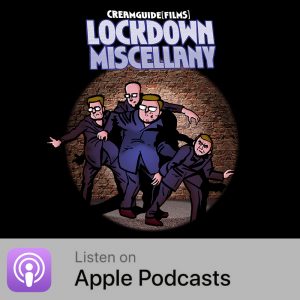
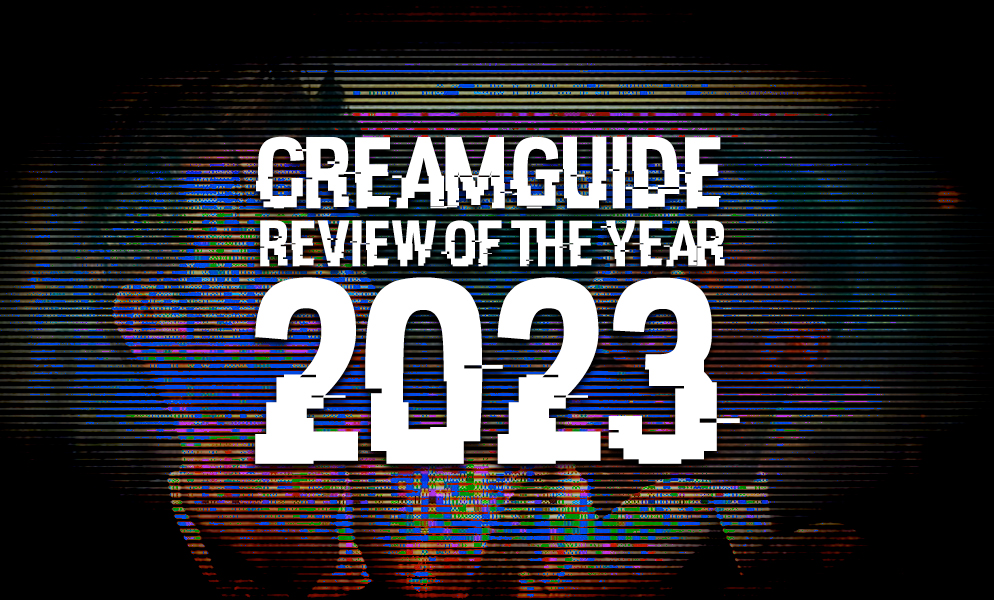
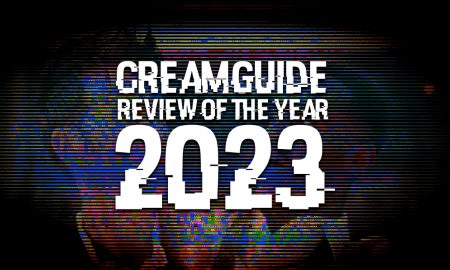
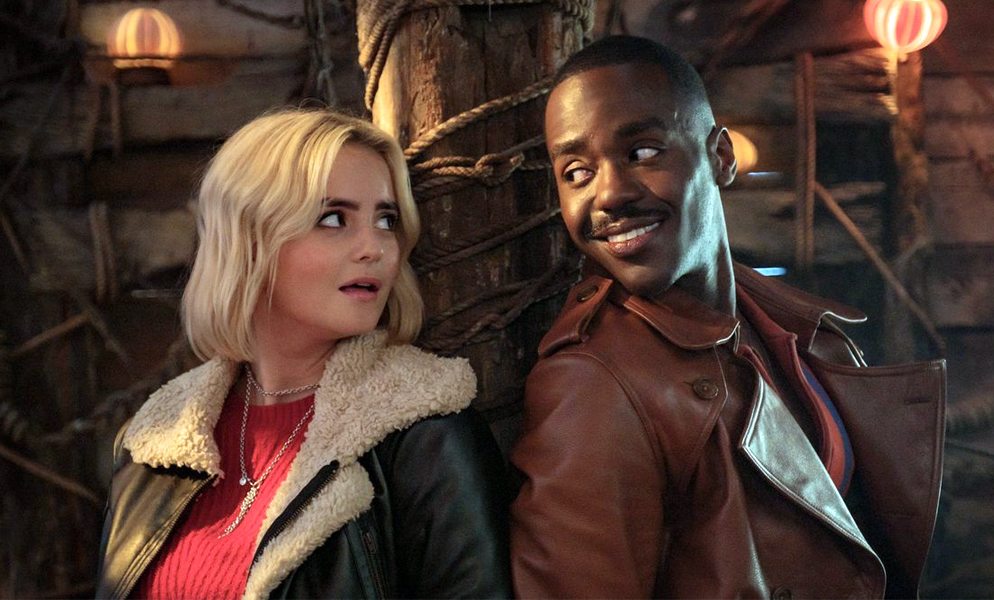

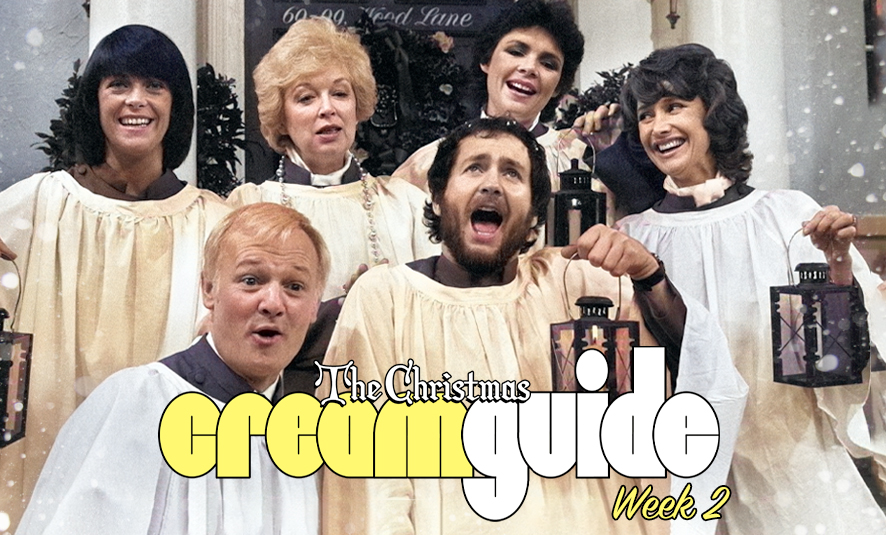



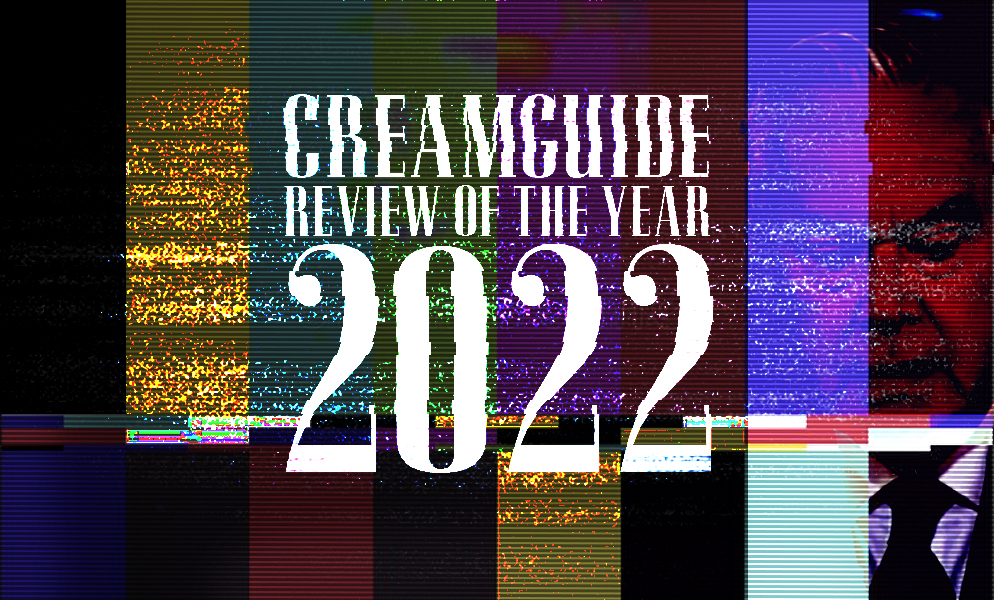
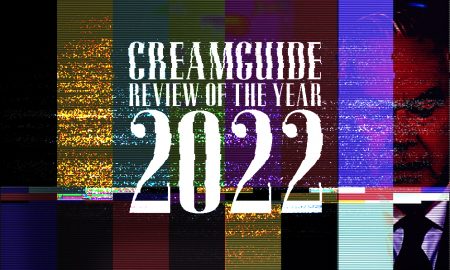

Adrian
August 11, 2009 at 9:18 am
I did do a web search a while back to see if some poor, deluded fool had downloaded the Doomsday Project onto the web, but alas no one has..
Jonny EOL
November 10, 2009 at 11:10 pm
I know ‘The National Archives’ have managed to extract the data, after EBaying for the suitable kit. They even improved on the software.
http://www.nationalarchives.gov.uk/news/stories/23.htm
Trust me, this is the tip of a massive iceberg you’ve hit upon. So much data will be lost if long-term solutions are not found soon!
Richard Davies
June 22, 2010 at 10:44 pm
I last saw one of these at a visitor centre somewhere in Derbyshire in 1992.
Meb
September 22, 2013 at 12:19 pm
York Minster, not cathedral. That’s the kind of mistake that gets you firmly glared at in Yorkshire – and believe me, Yorkshire firm glares hurt….
Scattergun
February 5, 2014 at 4:59 pm
http://www.bbc.co.uk/history/domesday
Liam
February 23, 2014 at 2:01 pm
My geography teacher still had all the requisite kit up and running when I was in my final year in secondary school – in 1998!
Will M
September 20, 2018 at 9:50 am
Has nobody tried emulation to get it up and running?
Beebit runs on RiscOS which runs on a £20 Raspberry Pi.
The difficulty may be in getting the software from the discs, surely someone somewhere has such a disc reader, and can transfer to a hard drive / USB drive / SD card?